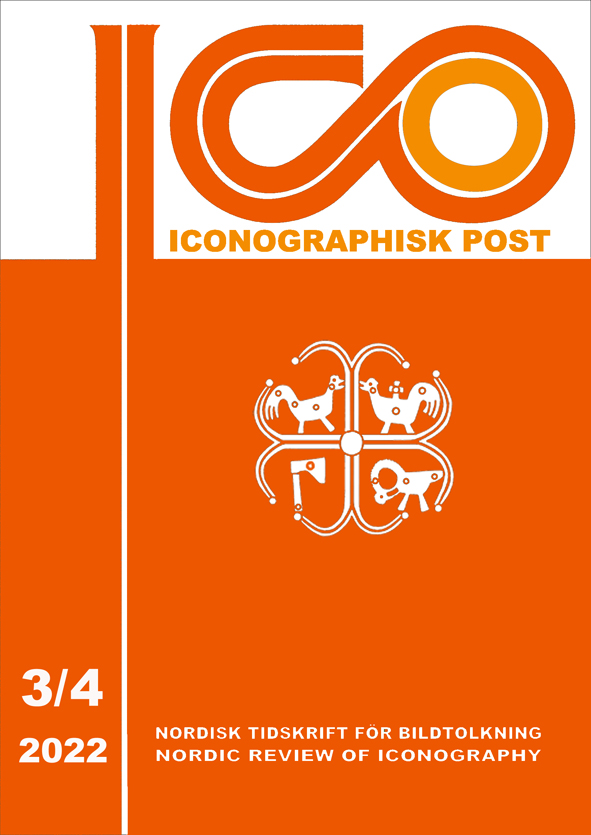Osman Hamdi Bey – an Ottoman Orientalist or a Humanist Ottoman?
DOI:
https://doi.org/10.69945/ico.vi3-4.25310Keywords:
Osman Hamdi Bey, Ottoman Orientalism, Humanism, Islam, ReligionAbstract
The paintings of Osman Hamdi Bey (1842–1910) have been described as examples of “Ottoman Orientalism” because of their alleged similarity to paintings made at the same time in Europe depicting scenes from the Middle East, involving opulent palace settings, harem interiors, mosques, bazaars with exotic goods for display, street scenes with people in traditional Oriental garb, and so on. However, as will be argued here, Osman Hamdi is better described as an “Humanist Ottoman”, certainly eager to preserve the memory of a rich Ottoman past, but also keen to celebrate human reason and the human quest for truth and beauty. Hence, his delight in portraying historical scenes should not be viewed as a commitment to traditionalist values. Indeed, in terms of normative ethics, Osman Hamdi can be seen as an anti-traditionalist, pointing to the need of subjecting religious faith to critical scrutiny. This is especially true of his Genesis (1901). Rather than dismissing Osman Hamdi’s art because of its superficial similarity to the exoticism of some of his European contemporaries, we should recognize it as an original and valuable contribution in its own right.


